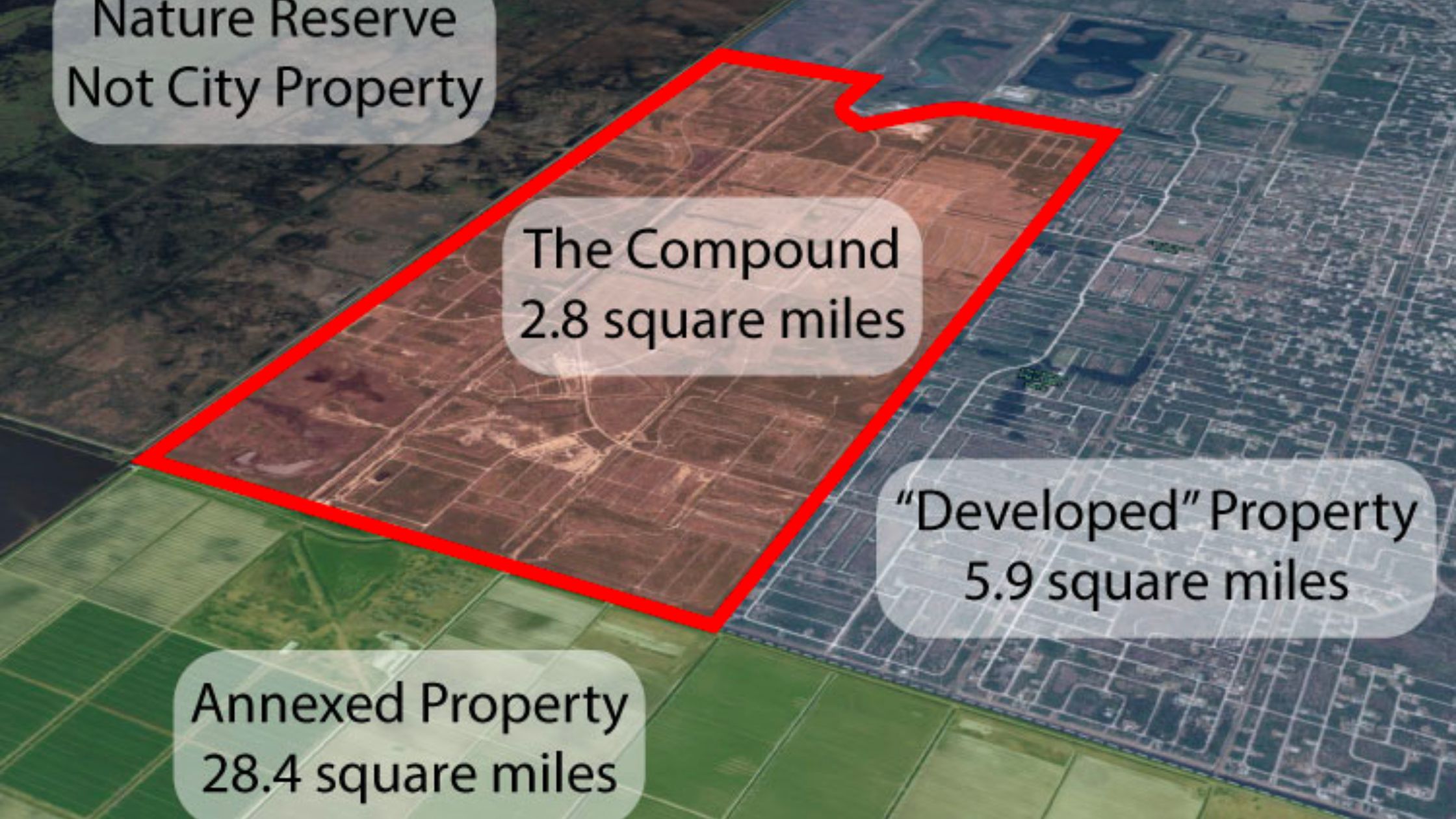
On January 8, 2024, the United Launch Alliance (ULA) marked a significant milestone with the maiden flight of its Vulcan Centaur rocket. This event, heralded as the beginning of a new era in space exploration by returning to the moon with a new methane fueled rocket, occurred from Cape Canaveral’s Space Launch Complex 41 at 2:18 a.m. Eastern. The primary payload of this mission, known as Cert-1, was Astrobotic’s Peregrine lunar lander, which was successfully deployed 50 minutes after liftoff following two burns of the Centaur upper stage. Additionally, the flight carried a payload from Celestis, a space memorial company, which remained attached to the Centaur as planned.

Peregrine, developed by Pittsburgh-based Astrobotic, embarked on a highly elliptical orbit towards the moon, with a planned landing attempt near the Gruitheisen Domes on the moon’s near side, scheduled for February 23. The lander powered up and established communication with Earth, carrying an assortment of 20 payloads, including five from NASA’s Commercial Lunar Payload Services (CLPS) program, along with other national space agencies, companies, and organizations. This mission, resulting from 16 years of development, is Astrobotic’s first lunar lander.
However, an unexpected challenge arose post-launch. Astrobotic reported an anomaly with Peregrine, specifically an issue in achieving a stable sun-pointing orientation, likely caused by a propulsion anomaly. This complication poses a threat to the spacecraft’s ability to land on the moon. As the spacecraft’s battery reached critically low levels, the team executed a last-minute maneuver to reorient the solar panels towards the Sun before entering a period of communication loss. The situation remains dynamic, with updates anticipated as more data becomes available.

This mission marks a pivotal moment in lunar exploration, particularly as it is part of NASA’s CLPS initiative, which aims to facilitate further lunar studies in preparation for future manned missions under the Artemis program. The Vulcan Centaur’s successful launch is not only a testament to ULA’s decade-long development efforts but also signals the phased-out replacement of ULA’s Atlas 5 and Delta 4 rockets. The Vulcan Centaur is expected to undergo a second certification flight, carrying the first Dream Chaser spaceplane from Sierra Space, potentially as early as April.
Despite the current challenges faced by Peregrine, this mission underscores the complexities and risks inherent in space exploration, especially concerning lunar landings. The success rate for such missions historically stands at less than 50%, a reminder of the daunting yet exhilarating nature of space exploration.





